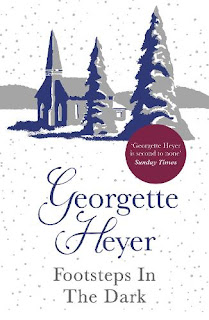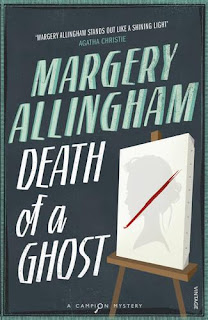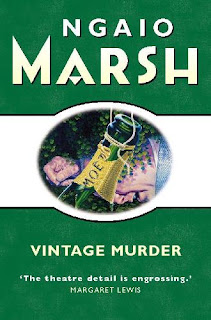An author famous for Regency romances has a stab at a country house mystery
 |
| The Cornerstone edition of Footsteps in the Dark |
Georgette is
probably less well known for her detective fiction, which she began writing in
1932 when she produced a country house mystery, Footsteps in the Dark.
She wrote
the novel while awaiting the birth of her son, Richard George Rougier, and
afterwards said dismissively that she did not claim it as ‘a major work’.
For the next
few years, Georgette published one romance novel and one detective novel every
year. The romances always outsold the detective novels, which may be why Georgette
is chiefly remembered for them.
Her son,
Richard, once said that Georgette regarded the writing of a detective story as
similar to tackling a crossword puzzle, an intellectual diversion before harder
tasks had to be faced.
It has been
claimed that Georgette’s husband, George Rougier, a mining engineer who later
became a barrister, often provided her with the plots and that she created the
characters and the relationships and brought the plot points to life.
Georgette’s detective
novels have been praised mostly for their humour. The New York Times wrote: ‘Rarely
have we seen humour and mystery so perfectly blended.’ The Daily Mail once
referred to Georgette as: ‘The wittiest of detective story writers.’
The novels
were all set in the period in which they were written and the humour comes from
the characters and the dialogue that takes place between them.
I was keen to read her first detective novel, Footsteps in the Dark, and I was not disappointed.
 |
| Georgette Heyer wrote her debut detective novel while pregnant |
When they
hear peculiar noses and a skeleton falls out of a secret cupboard, they try to
find out more from the other residents in the village. Then a murder is
committed and they feel they have to stay in the house and solve the mystery. I
thought it was a carefully plotted story, with believable characters and a
satisfying solution at the end.
Georgette
produced 12 detective novels in total, between 1932 and 1953 when her final novel, Detection Unlimited was published.
She believed that publicity was not necessary for good sales and, wishing to maintain her privacy, refused to grant interviews, which is perhaps another reason her detective stories have been overlooked.
Buy Footsteps in the Dark from or











.jpg)